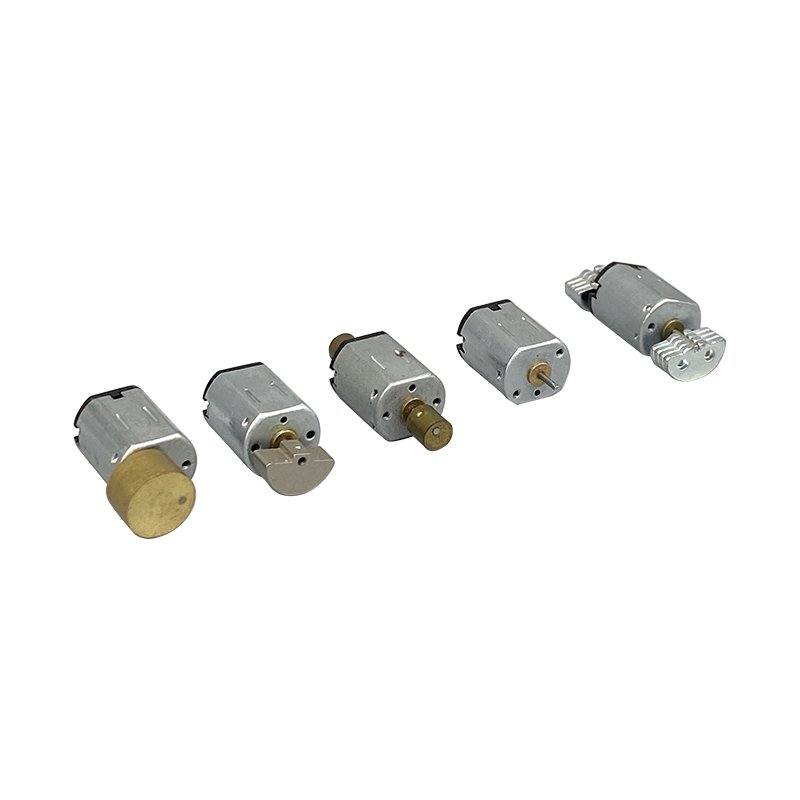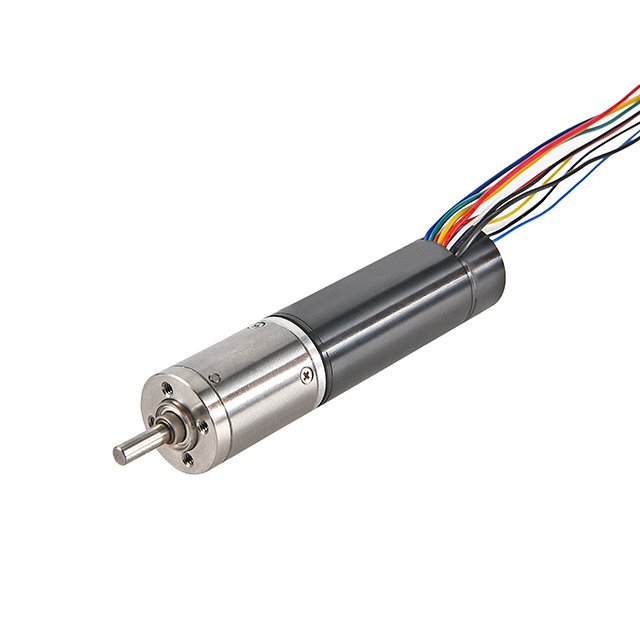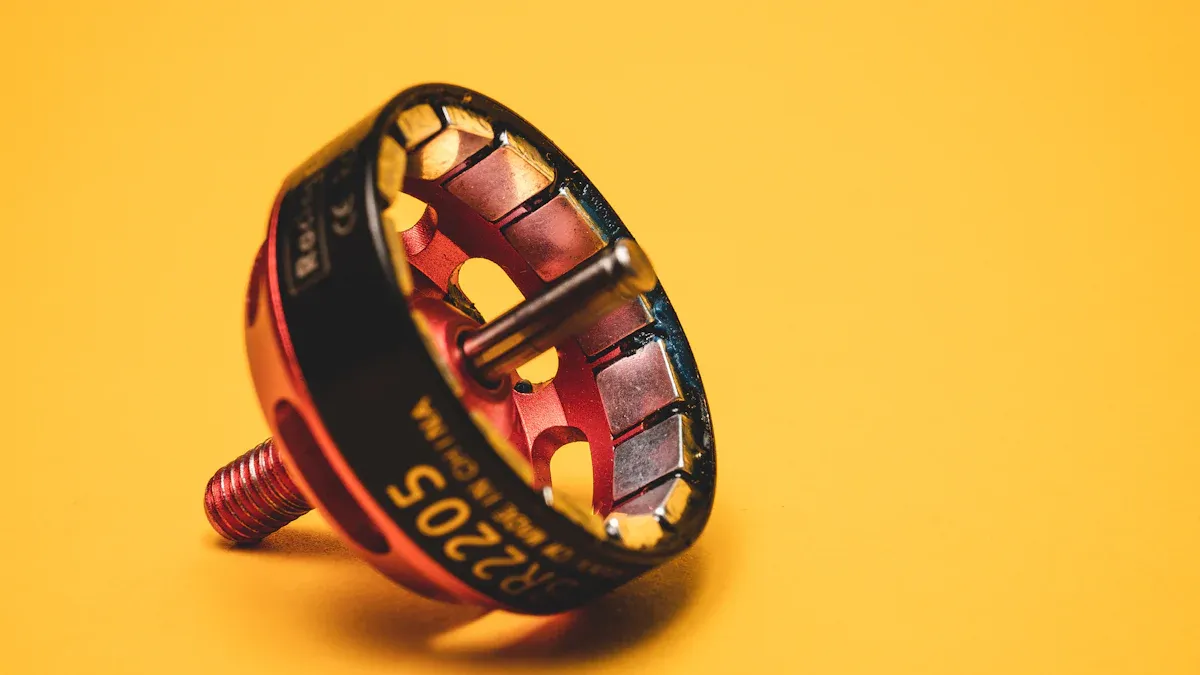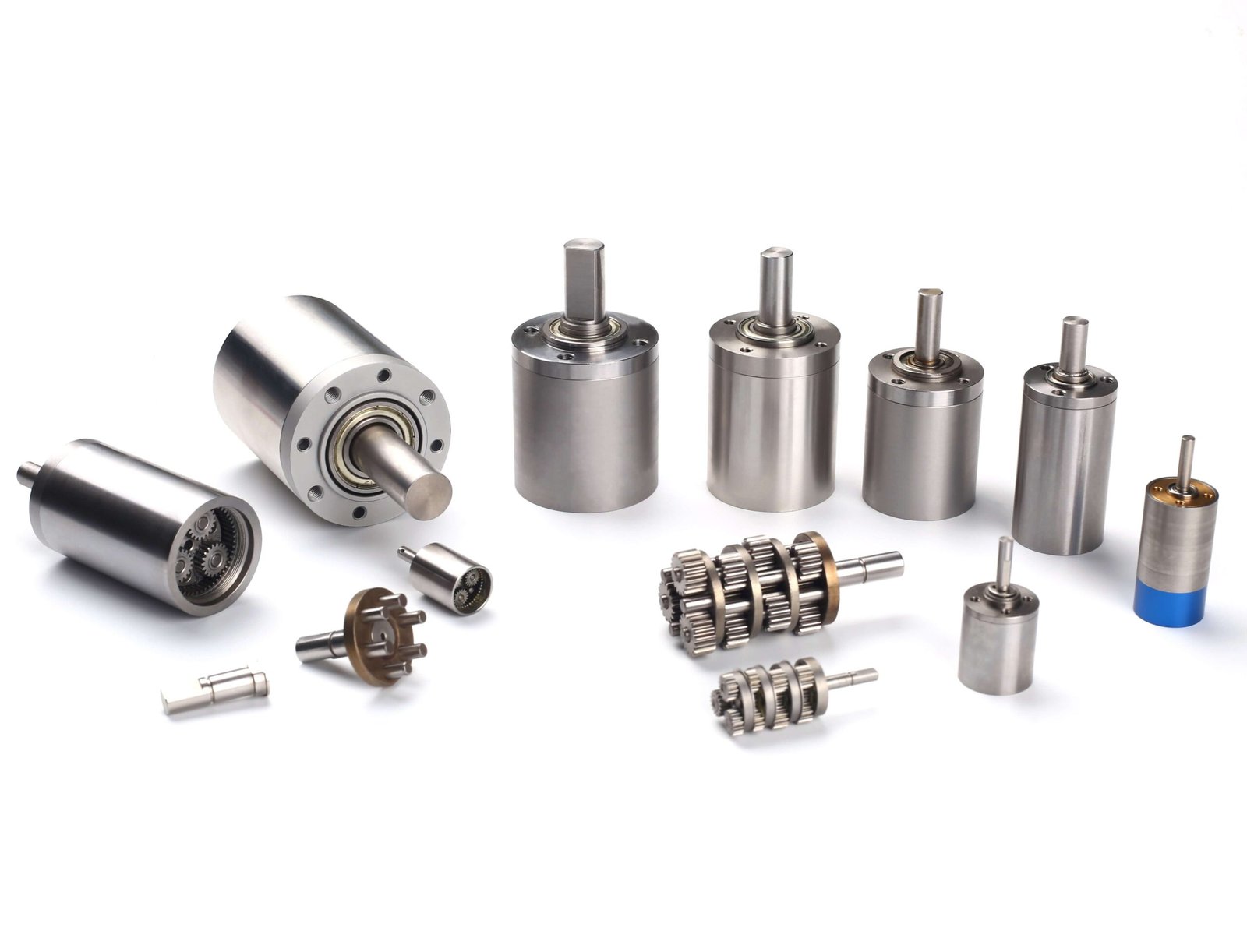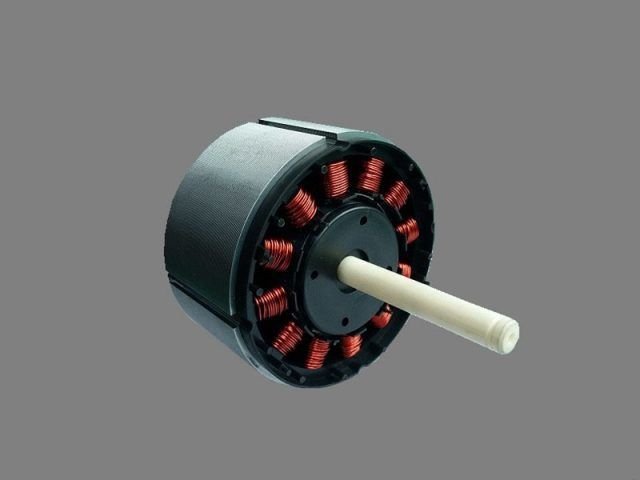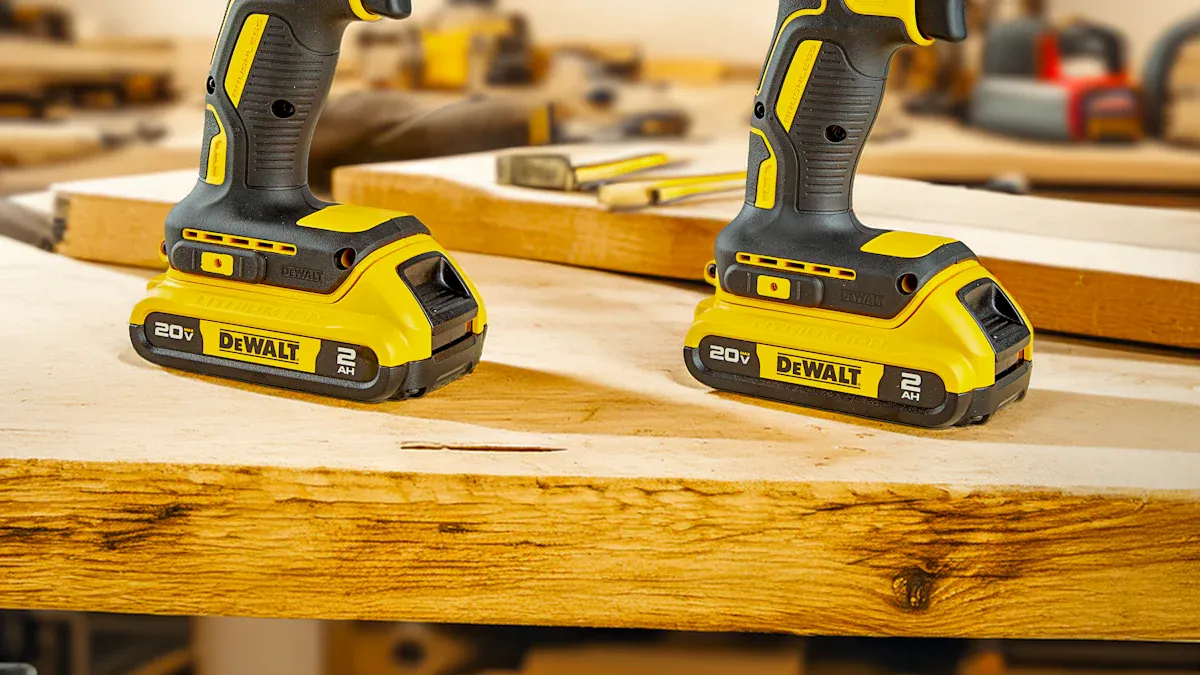Small electric motors are crucial for powering modern technology, and their electric motor design plays a significant role in their effectiveness. They are utilized in robots to facilitate precise movements. In medical tools, these motors enhance the portability and usability of devices. Additionally, these compact motors contribute to making gadgets smaller and more efficient. By 2023, the global market for small motors reached a value of $15 billion, with DC motors being the most prevalent, accounting for 45%. As various industries increasingly rely on these motors, addressing design challenges is essential for improving their performance and longevity.
Principaux enseignements
Small electric motors are important for today’s technology. They power devices in healthcare, robots, and gadgets.
Engineers deal with problems like controlling heat, lowering noise, and making small motors powerful, which is key for good performance.
New materials and designs make motors work better, weigh less, and stay cooler. This makes them more dependable and useful.
Custom designs and modular parts help create motors that fit specific needs for different uses.
The demand for small motors is growing fast. New improvements make them work better and more popular in many industries.
Overview of Miniature Electric Motors
Role of Miniature Motors in Modern Industries
Small motors are important for improving technology in many fields. They are used in robots to help with precise movements and automation. In healthcare, these motors power portable devices like insulin pumps and surgical tools, helping patients. Factories also use them for tasks needing accuracy and speed. The market for small motors is growing because of demand in cars, healthcare, and factories. AC motors are popular because they save energy. High-voltage motors, working above 48 volts, are used in heavy machines and electric vehicles.
Key Features of Miniature Industrial Stepper Motors
Small stepper motors turn electrical signals into exact movements. This makes them great for robots and medical tools needing precision. They are good at positioning tasks and controlling movement. But, they can get hot because of their size. Engineers fix this by using better cooling methods. Noise and shaking are also problems caused by electromagnetic forces. To solve this, engineers work on reducing these issues. Even with challenges, stepper motors are powerful and efficient. They are very useful in factory automation.
Trends in Miniature Motor Design
Miniature motor design is changing quickly. New materials are being used to manage heat better and make motors lighter. Companies are designing motors with more power in smaller sizes to meet demand. Custom motors are now common, letting people create motors for specific needs. Modular designs are also popular because they are easy to use and adjust. These changes keep small motors advanced and useful for many industries.
Engineering Challenges in Miniature Motor Design
Heat Dissipation in Electric Motor Design
Handling heat is a big challenge in motor design. Motors create heat when they work due to energy losses. Small motors have less space to release heat, causing overheating. This can lower how well they work. To fix this, engineers look at many factors.
Design Factor | Ce que cela signifie |
|---|---|
Motor shape | Number of poles, slots, and overall design |
Materials used | Types of magnets, cores, and wires |
Power settings | How windings, drives, and currents are controlled |
Cooling systems | How parts cool, types of coolants, and flow speed |
Heat resistance | How heat moves through the motor parts |
Better materials that spread heat faster can help. Changing the motor’s design also improves cooling. Engineers use computer tools to test heat resistance and cooling ideas. This keeps motors from overheating and helps them work better.
Achieving High Power Density in Miniature Motors
Small motors need to be strong but stay lightweight. They must give lots of power while being small and light. This is important for robots and medical tools where space is tight. Engineers use smart designs like special magnets and better wiring. Computer tests help improve motor designs before making them.
By focusing on power and size, engineers make motors fit modern needs. Custom designs make motors work better for specific jobs. This ensures they are reliable and accurate.
Noise and Vibration Management
Noise and shaking are common problems in small motors. These happen because of magnetic forces and uneven parts. Too much shaking can damage the motor. To fix this, engineers use tests to find and reduce noise and vibration.
Type de test | Ce qu'il fait |
|---|---|
Noise Testing | Checks and improves sound and vibration levels |
Frequency Analysis | Studies noise and vibration patterns |
Vibration Testing | Looks at how parts react to shaking |
Sound Band Analysis | Breaks sound into smaller parts for study |
Computer tools help predict and fix vibration issues. By solving these problems, motors become quieter and more reliable. This improves how well they work in different industries.
Positioning Accuracy in Miniature Industrial Stepper Motors
Positioning accuracy is very important for small stepper motors. These motors are used in robots and medical tools needing exact movements. They turn electrical signals into precise steps for accurate control.
Most stepper motors have a small error of ±5% per step. Each step moves 1.8 degrees, so the error is only 0.18 degrees. Newer designs improve stopping accuracy to ±0.05° without adding more errors. With ball screws, this means a stopping accuracy of ±1.4µm. These numbers show how engineers solve problems for high-precision tasks.
To make motors more accurate, engineers reduce loose parts and improve motor parts. They also use smart control systems to lower mistakes during use. Fixing these issues makes motors work better for tasks needing exact positioning.
System Integration in the E-Motor Design Process
System integration is key for making motors work with other parts. It helps small stepper motors fit perfectly into devices or systems. This makes them work better and more flexibly for specific jobs.
Engineers think about motor size, power needs, and system fit. Adding sensors to motors gives real-time feedback for better control. Modular designs make it easier to adjust motors for special uses.
Good integration lowers system failures and boosts efficiency. By focusing on this, engineers make motors useful for robots, healthcare, and gadgets.
Innovative Solutions for Miniature Motor Design
Advanced Materials for Thermal Management
Handling heat in small motors is a big problem. New materials help by improving cooling and making designs easier. Materials like Al/SiC composites are used in fields like space and electronics. They make motors work better by reducing heat and lasting longer.
Some benefits of these materials are:
Very good at spreading heat to keep motors cool.
Can be adjusted to fit motor designs easily.
Strong and stiff, cutting weight by up to 80%.
Light, making motors up to 65% smaller.
Cheaper to make, lowering production costs.
These materials are used in things like CPU covers, power parts, and heat sinks. Adding them to motor designs improves how well motors work and last.
High Power Density Designs in Micro DC Motors
Small motors need to be powerful but compact. Micro DC motors are great for this. They speed up faster and give more power than older designs.
Bénéfice | Ce que cela signifie |
|---|---|
More Power in Less Space | DC motors are smaller because they don’t need a field coil. |
Faster Speed Changes | Smaller size means less weight, so they speed up and slow down quickly. |
Higher Power Levels | DC motors can be made to give over 4,000 hp, unlike regular low-voltage motors. |
These new motor designs are perfect for robots and medical tools. By focusing on power density, engineers solve space problems while keeping motors efficient and precise.
Noise and Vibration Reduction Techniques
Noise and shaking can hurt how motors work. Fixing these problems needs smart ideas. Engineers use tests to find and lower noise and vibration. Tools like frequency and sound analysis improve motor performance.
Making motor parts fit perfectly also reduces shaking. Using special materials can absorb vibrations, making motors quieter and more dependable.
By using these methods, motors become better and more accurate. This helps them work well in tough jobs and industries.
Precision Manufacturing for Better Accuracy
Precision manufacturing is key to making high-quality small motors. It ensures every part is made exactly right, improving how motors work and last. This process reduces mistakes and helps motors last longer. Advanced tools like CNC machines and lasers make parts with great accuracy. These tools create parts that fit perfectly into devices.
Quality checks are also very important in precision manufacturing. Each motor is tested carefully to ensure it works well. Engineers measure sizes, check alignment, and test how the motor functions. This testing makes sure the motor meets high standards. By focusing on precision, manufacturers make motors that work well in tough jobs.
Automation helps make precision manufacturing even better. Robots and smart tools do repetitive tasks with great accuracy. This reduces mistakes and speeds up production. It also ensures all motors are made the same way. Motors made with precision manufacturing are reliable, efficient, and long-lasting.
Customization and Modular Design by INEED
BESOIN offers flexible motor designs for different needs. You can customize motors for robots, medical tools, or gadgets. This lets you adjust features like speed, power, and gears to fit your needs.
Modular design makes it easy to build and use motors. You can combine parts to create a motor that fits your system perfectly. This saves time and money since you don’t need to redesign everything. Modular motors are also easy to upgrade or fix, making them last longer.
INEED focuses on giving you motors made just for your needs. Whether you need a small motor for medical tools or a strong one for factories, they deliver. Their skill in customization and modular design makes their motors efficient and high-performing.
Case Studies and Real-World Applications
INEED Micro Motors in Medical Devices

Micro motors are very important in saving lives daily. INEED micro motors power tools like insulin pumps and surgical devices. These motors give precise control, which is crucial in healthcare. For example, in robotic surgeries, they help doctors perform delicate tasks accurately. Their small size and low energy use make them great for portable tools. With INEED’s custom designs, medical tools can meet exact needs. This helps improve care and patient outcomes.
Robotics Applications with Micro DC Motors
Robots have changed industries, and micro DC motors are key. These motors are small but provide a lot of power. They are used in robotic arms, drones, and automated machines. INEED’s motors are fast and move precisely, perfect for robots. For example, robotic arms in factories build items quickly and accurately. These motors handle high power even in tough conditions. INEED lets you customize motors for specific robot tasks. This makes them a trusted choice for automation.
Success Stories in Consumer Electronics
Micro motors improve how gadgets work and feel. INEED’s motors are used in phones, wearables, and electric cars. Electric car sales are growing fast, with 14 million expected in 2023. In China, 38% of car sales in August were electric. Europe and the US also see more electric cars being sold. INEED’s motors help by powering key parts in these devices. Their precision and efficiency support the rise of better technology.
Designing small electric motors has improved to solve big problems. These include managing heat, reducing noise, and boosting power. Using better materials and smart designs makes motors work 3% better. Power density has also grown by 20-30%, helping industries like robots and healthcare.
Teamwork and new ideas keep pushing progress forward. Things like patents and teamwork show how much effort goes into better motors. INEED helps by making motors that fit specific needs. The motor market is growing fast and may reach $205.18 billion by 2030. INEED leads the way in this exciting change.
FAQ
What makes miniature electric motors unique?
Miniature motors are tiny and fit in small spaces. They give strong power and precise control. This makes them great for robots, medical tools, and gadgets. Their light weight and ability to be customized make them special.
How do you pick the right motor for your needs?
Think about size, power, torque, and speed. Check the motor’s working environment, like heat and noise. Custom options, like INEED motors, can match your exact needs.
Why is managing heat important in small motors?
Heat can harm how motors work and last. Small motors have little space to cool down, so they can overheat. Using better materials and smart designs keeps them cool and working well.
Can small motors do very precise tasks?
Yes, small motors, like stepper motors, are great for precision. They turn electric signals into exact movements. This makes them perfect for robots and medical devices. New designs make them even more accurate and reliable.
Are INEED motors made for specific needs?
Yes! INEED makes motors that fit your exact needs. You can change things like speed, size, and torque. Modular designs make them easy to use and improve performance.

